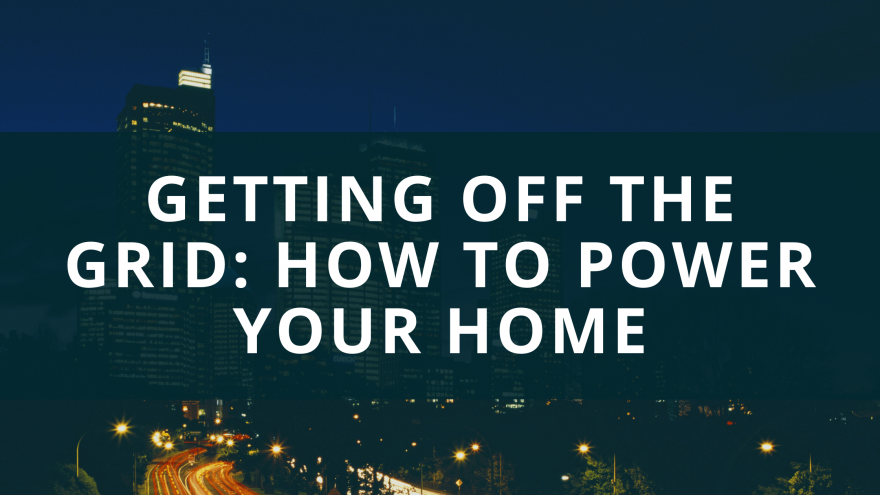Have you seen enough of your growing monthly power bill to say enough is enough? Also, if you live in an area where the electricity grid is unreliable, you need a better alternative.
Power generation stations get taxed more today with growing demands for energy consumption. As a result, homeowners everywhere are looking for ways to get off the grid the best way possible.
If you are looking to reduce energy costs and live with the energy savings of solar power, read on. See how you can improve the sustainability of your power usage and have a green home.
The Solar Solution
Many Americans have found the best solution to rising energy costs is a move to solar power. Power outages on the electricity grid are more common than ever before. In many regions, overuse has pushed power generation beyond its capacity.
For many American homes, solar power is a viable alternative for several reasons. Even in winter, most parts of the country see enough sunshine to reduce energy costs for most homes.
There are initial expenses, but solar panels are less intrusive than wind turbines. Even if your goal is for backup in case of power interruptions, solar power is the best option.
Think about it. If you had solar panels to store enough energy to run your critical items, you could save a lot of money. You won’t throw out spoiled food anymore because the refrigerator wasn’t getting power.
With solar backing up your electricity grid, other appliances can keep on working. Uninterrupted security systems with backup energy just makes sense.
Get Away from the Electricity Grid
Before making the switch, it’s important to know the costs involved with it. Installing a solar panel is only part of the picture.
The fact is, you will need to know how many panels it will take to power your home. First, you will need to understand your current electric bill. Look at the number of kilowatt-hours (kWh) used on a monthly basis.
The average solar panel generates around 320 kWh, so divide that into your average grid usage. It is important to remember that solar power is not drawn all the time. You have to account for days when there’s no sun.
If you need more help, the U.S. Department of Energy has as well. Their site is full of tips to help you create your green home.
Why Wait?
Solar technology has advanced in many ways over the last few years. Getting off the grid is now possible for most homeowners. As power generation gets more efficient, opportunities to store energy become more possible.
Wouldn’t it be nice to have your won cache of stored power while staying off the electricity grid?
It all starts with a little research into supplying solar power to your home. If you enjoyed reading this article, we have lots of others with informative hints and tips.
